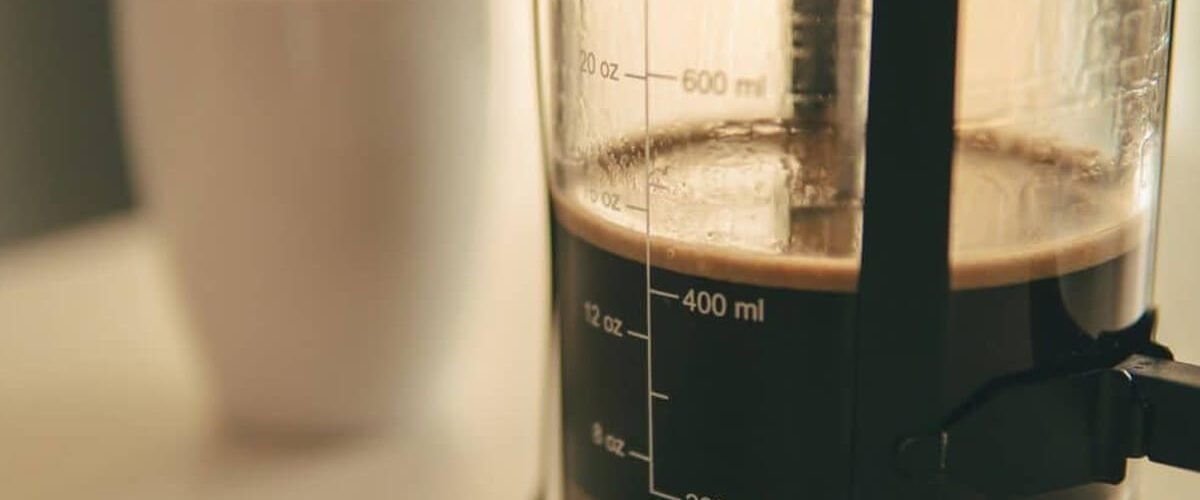You may be familiar with when hearing about ounces (oz) and quarts. But, did you know the exact purpose for these units of measurement? These units are helpful if you’re fond of cooking or baking.
Why do these units differ from each other? Can you interchange the two? Let’s find out how many ounces (oz) are in a quart and see how these units can help us.
Table of Contents
Ounce
The ounce came from the Ancient Roman measurement unit, “uncia.” it refers to a unit for volume, mass, and weight. In the United States, the “avoirdupois ounce” is used as a standard unit for measurement.
An avoirdupois ounce is precisely 28.349523125 grams. However, despite using it for most measuring purposes, the “troy ounce” is dedicated to calculating precious metals’ mass.
There are two things about ounce:
- To measure force, we use the unit “ounce-force.”
- To measure volume, we use the unit “fluid ounce.”
International Avoirdupois Ounce
The 1959 international yard and pound agreement said it takes 28.349523125 g to make an avoirdupois ounce (oz). This was agreed upon by the countries of the Commonwealth of Nations and the United States.
The avoirdupois system said that you will need 16 ounces to make an avoirdupois pound. A pound in the system is equal to 7,000 grains. Thus, making 437.5 grains into one avoirdupois ounce.
In the United States, an ounce remained as a standard measuring unit. In 2000, the United Kingdom stopped using the unit. However, you can hear the term in informal cases and as a serving size in some restaurants.
International Troy Ounce
A troy ounce (oz t) is the same as 480 grains. On the other hand, you will need 31.1034768 g to make an international troy ounce. You need 12 troy ounces to make a troy pound. Getting the mass of palladium, gold, platinum, silver, and rhodium uses a troy ounce.
Marketing bullion coins also utilize troy ounces. In some cases, grams and kilograms are units of measurement for precious metals sold in larger sizes.
On the other hand, measuring gold comes in two ways:
- The pure gold content of a troy ounce in a gold bar is called a “fine ounce.” It’s the fineness in proportion to the gross weight of the bar.
- The 22-carat gold troy ounce is 91.66% pure makes up a “standard ounce.” It’s an 11:1 gold to alloy proportion of material.
Metric Ounces
In other countries, a metric system redefines the ounces. The German chemist’s ounce, 30 grams, is almost the same as the former Nuremberg ounce. The only difference is its measurement in the metric system.
The Dutch ounce is defined as 100 g after its refinement in 1820 following the metric system. But, the Netherlands’ IJkwet officially got rid of the term. Indonesia adopted and inherited the Dutch “ons.”
Indonesia taught the Dutch “ons” since elementary as part of their education curriculum equivalent to 100 g. The Indonesian “Kamus Besar Bahasa Indonesia” included it in their dictionary.
Quart
Quart is the English standard unit for volume. It’s the same as a quarter gallon.
There are three kinds of quarts:
- Liquid
- Dry
- Imperial
The US customary system uses both liquid and dry quarts. On the other hand, The British imperial system uses the imperial quart. All of these three kinds are equivalent to a liter.
A quart is about four cups or two pints. But, the size of the quart constantly changes over time. It’s because of the changing value of gallons and different uses as time passed by.
The term quart came from “quartus,” a Latin word meaning “one-quarter.” Although it’s the same as the French word “quart,” it holds an entirely different meaning. On the contrary, the Canadian French for a quart is “pinte,” and a pint is called “chopine.”
US Liquid Quart
In 1959, the international yard and pound standardized the size of a yard as 0.9144 m in the US. It became the basis of measuring feet, inches, miles, volume, and area. Thus, making a US liquid quart as 57.75 cubic inches or 0.946352946 liters.
US Dry Quart
A US dry quart is the same as the US dry gallon one quarter. It’s equivalent to 1.101220942715 liters.
Imperial Quart
The liquid and dry capacity use imperial quart as a form of measurement. It’s equivalent to a quarter of an imperial gallon or 1.1365225 liters. The United Kingdom uses the quart in selling goods if an available metric measurement counterpart is present.
The federal law in French Canada uses the term “pinte” for an imperial quart.
Conversion and Calibration
Ounces and quarts are both units of measurements. If you love cooking or baking, you’ll find these measurements more complicated than you think. The exact figure is key to a successful recipe.
Knowing how to convert ounces to quarts or vice-versa is crucial. You will come across these units with either of the two available. Thus, knowing how to convert these units into the other is needed.
Preparing for a recipe needs the exact measurements. It’s necessary to use the right proportions to make the perfect food, cookies, or cake. While well-calibrated equipment is essential, it’s equally important to learn how to convert.
When running a business in the food industry, the right conversion and calibration are necessary. It saves you the hassle of facing customer complaints and food safety issues. Hence, keeping an eye on your measurements is key in maintaining quality control.
Conclusion
Converting an ounce into a quart is simple. If you know the right figures. In standard, a US liquid quart is equivalent to 32 fluid ounces. Thus, making a fluid ounce as 0.03125 US liquid quart.
Other countries have their standardized measurement for ounces and quarts. Unless you know the measurement equivalent, you won’t have any problem in terms of conversion.
Computing how many ounces are in a quart is not a problem if the appropriate equivalents are given.





